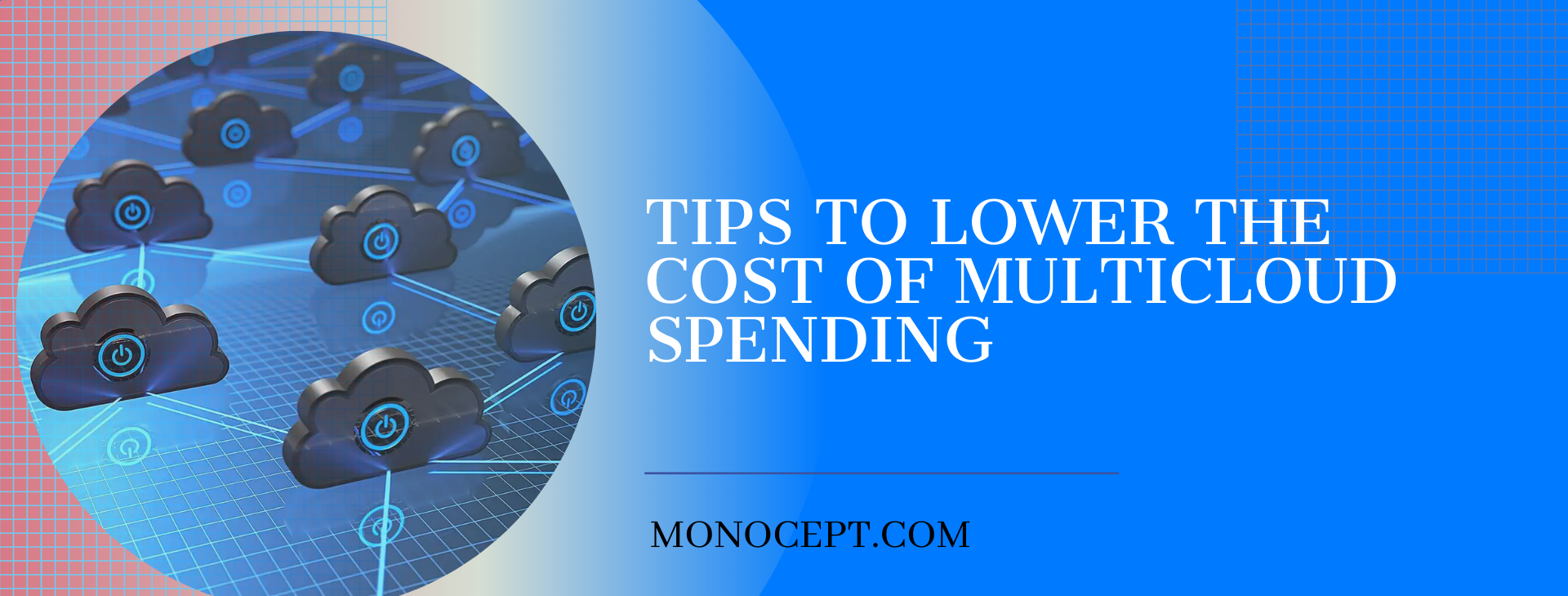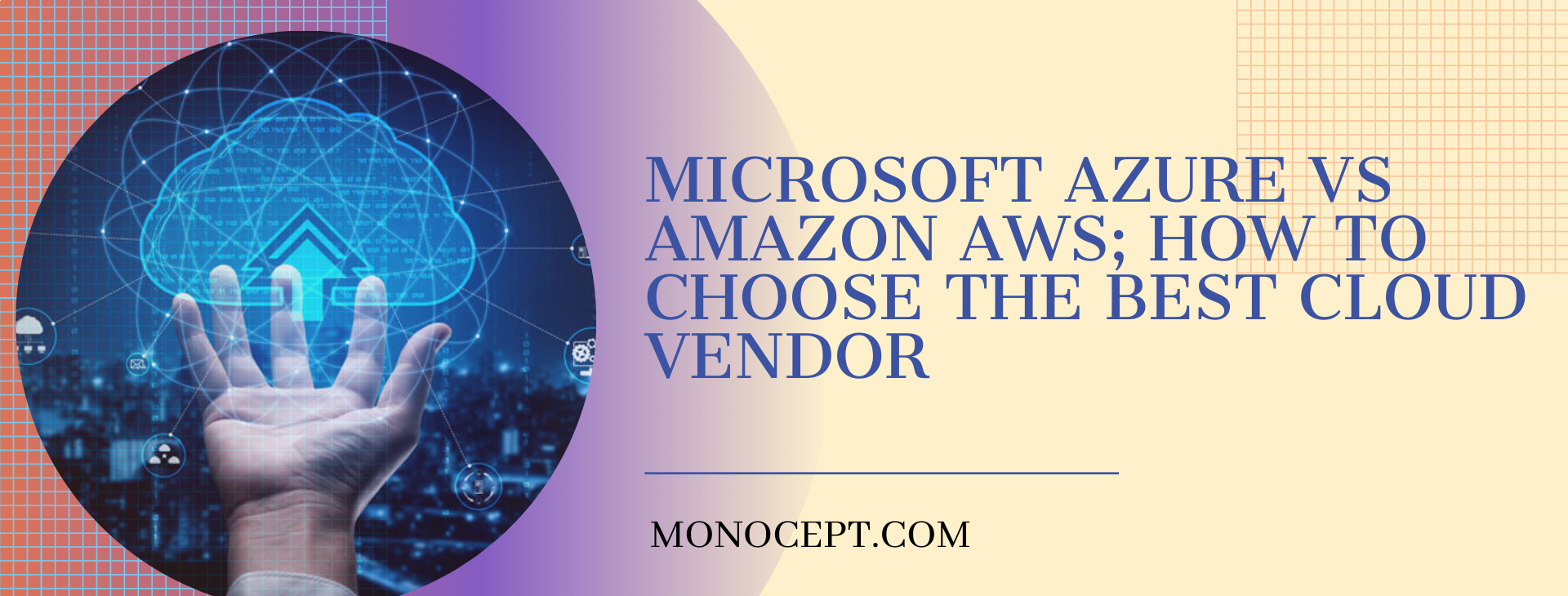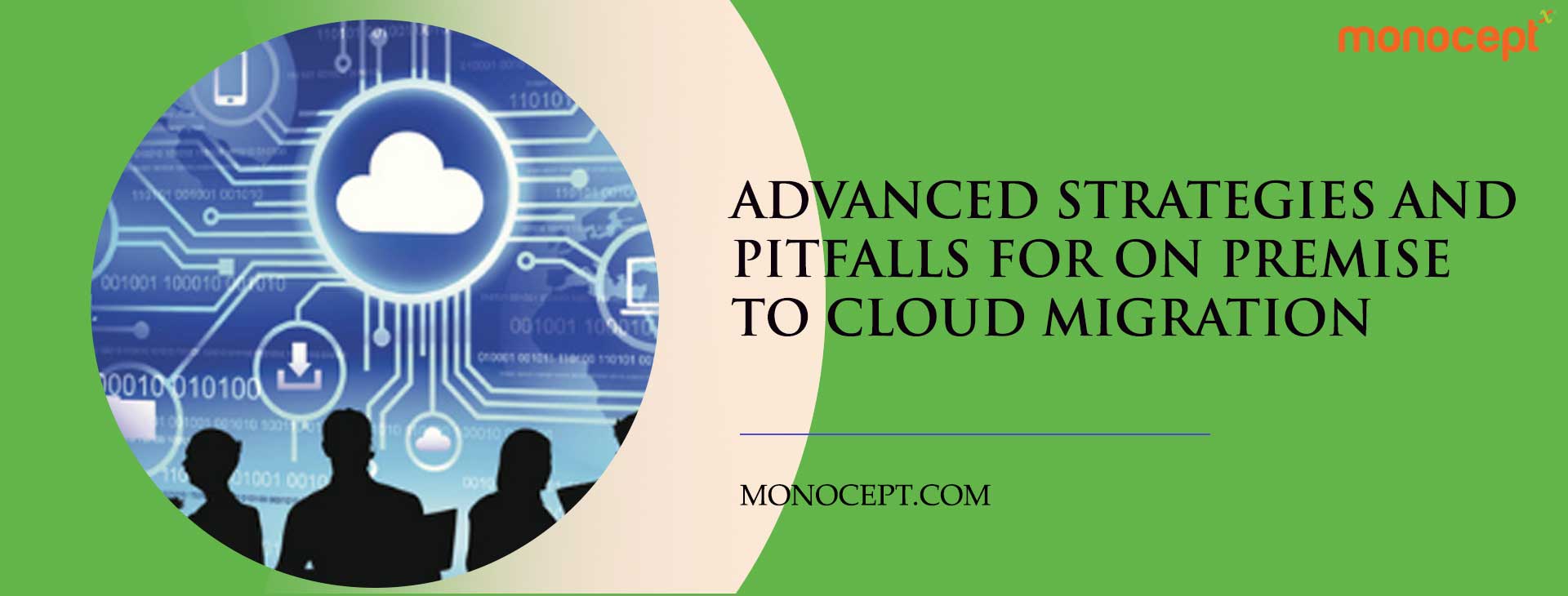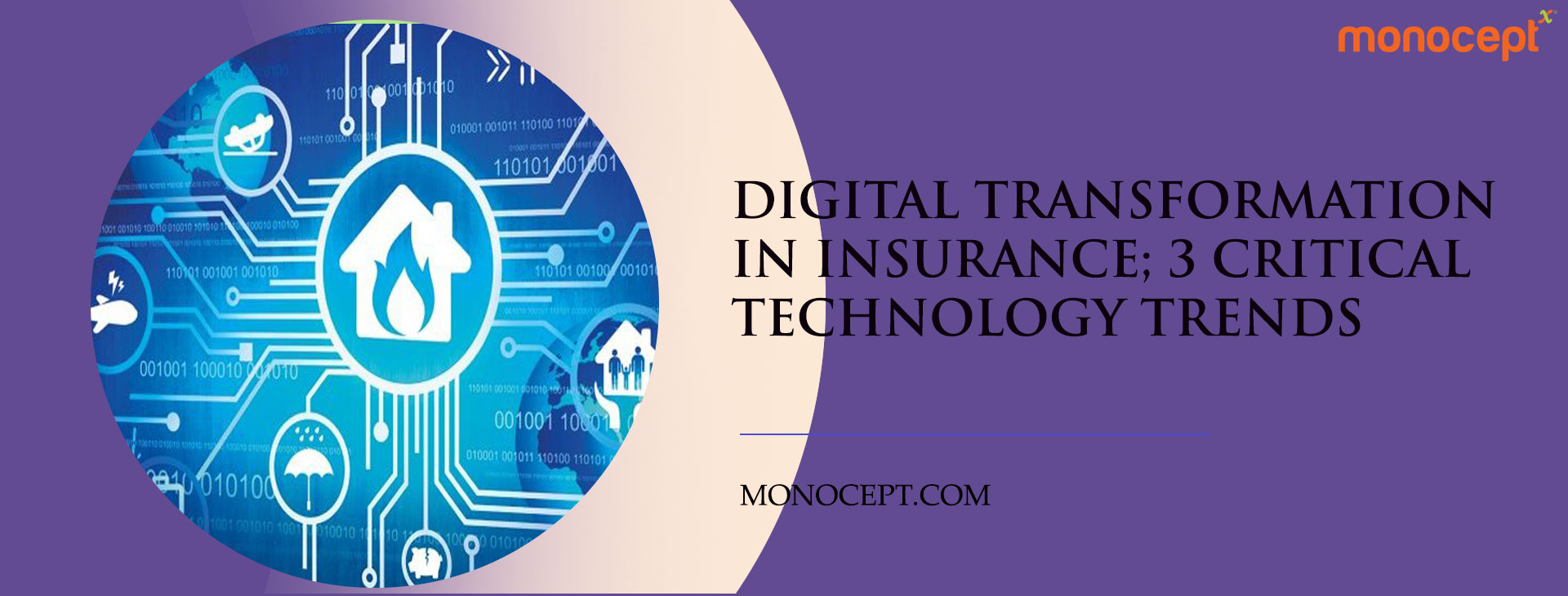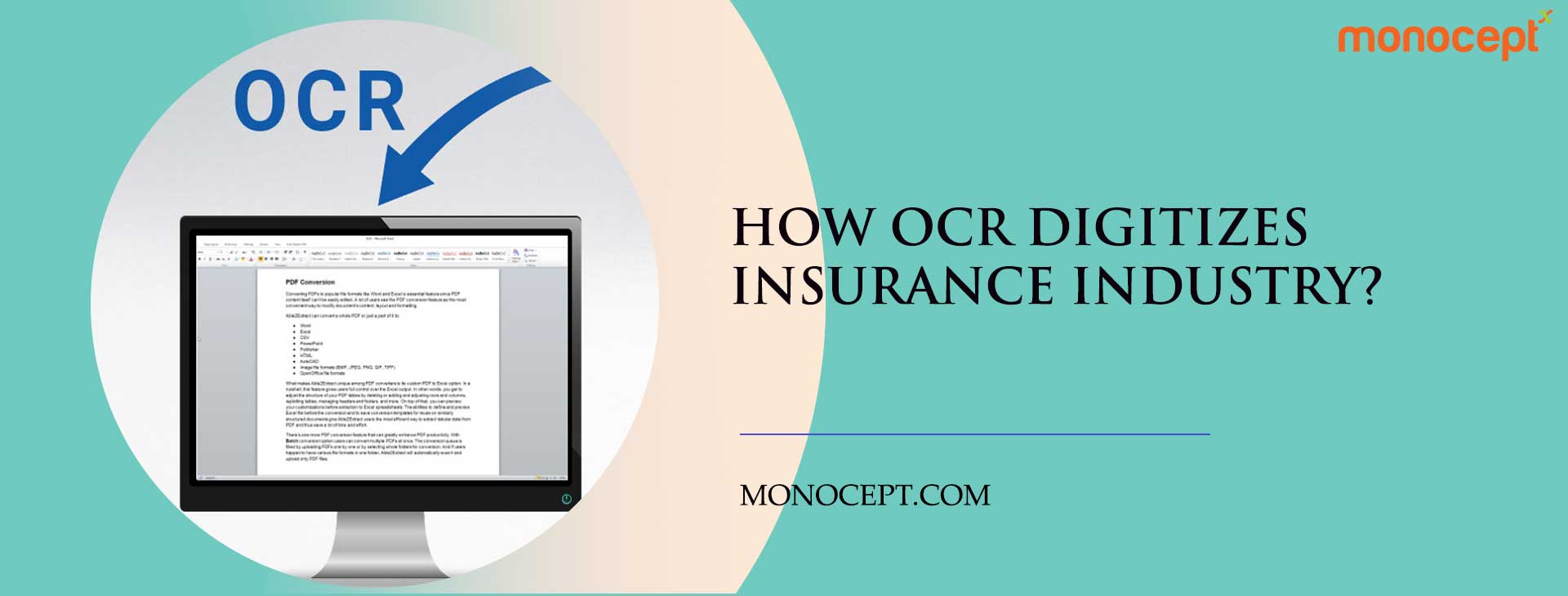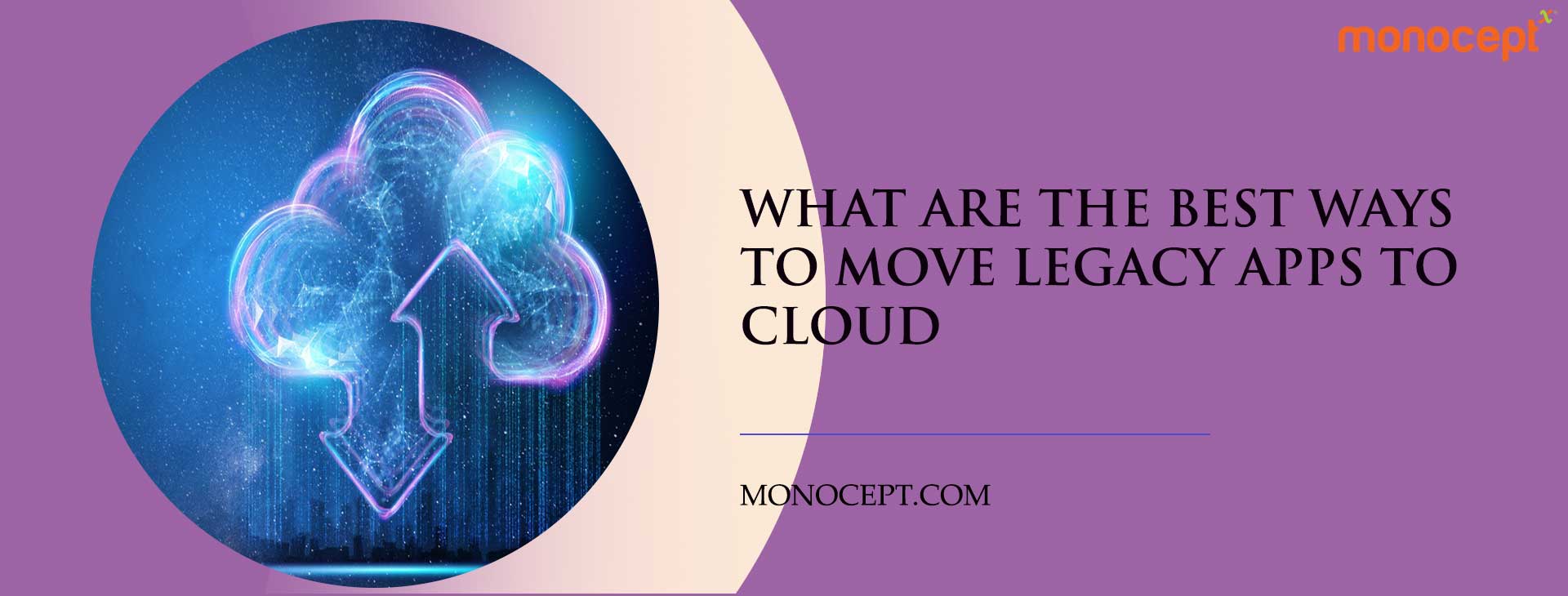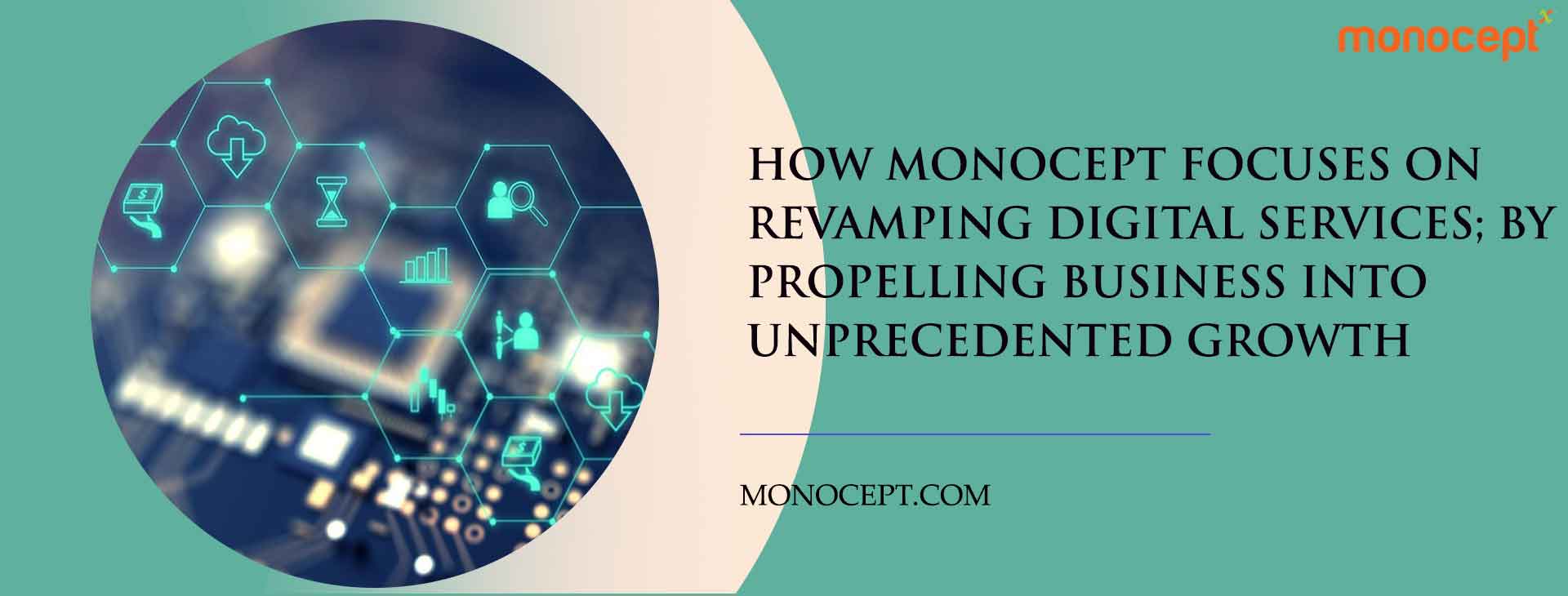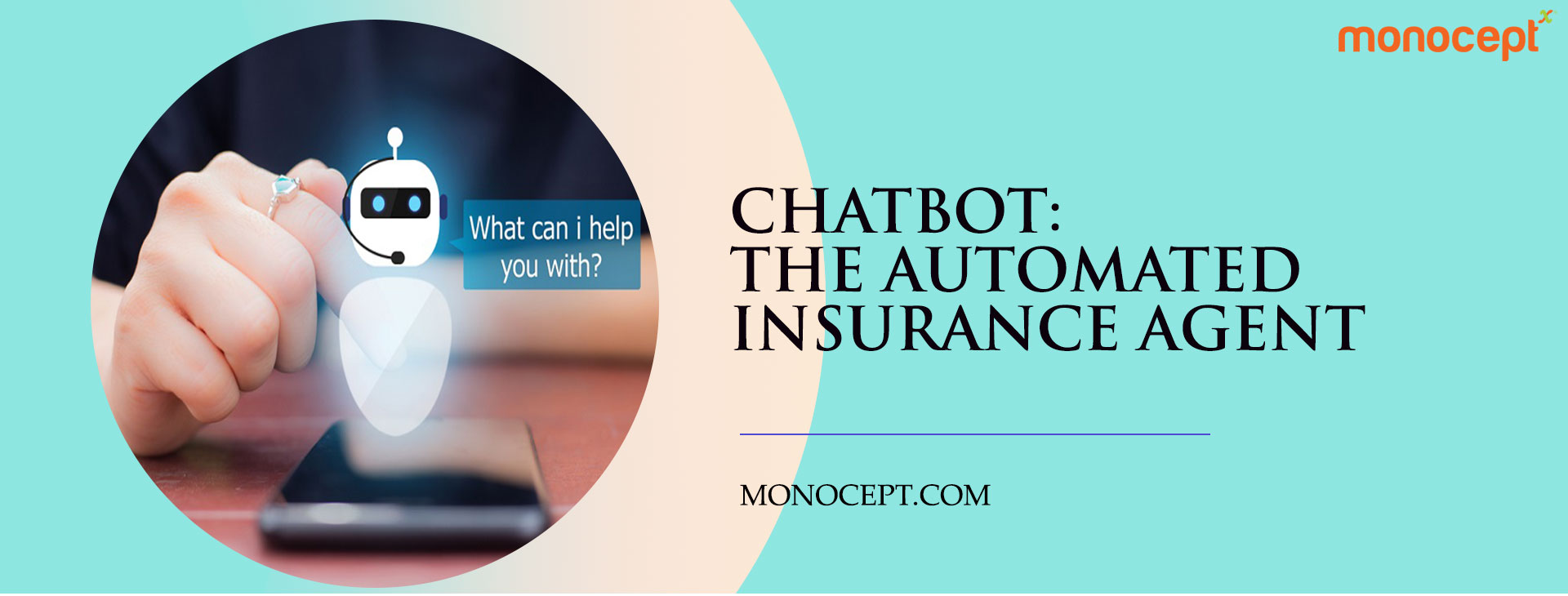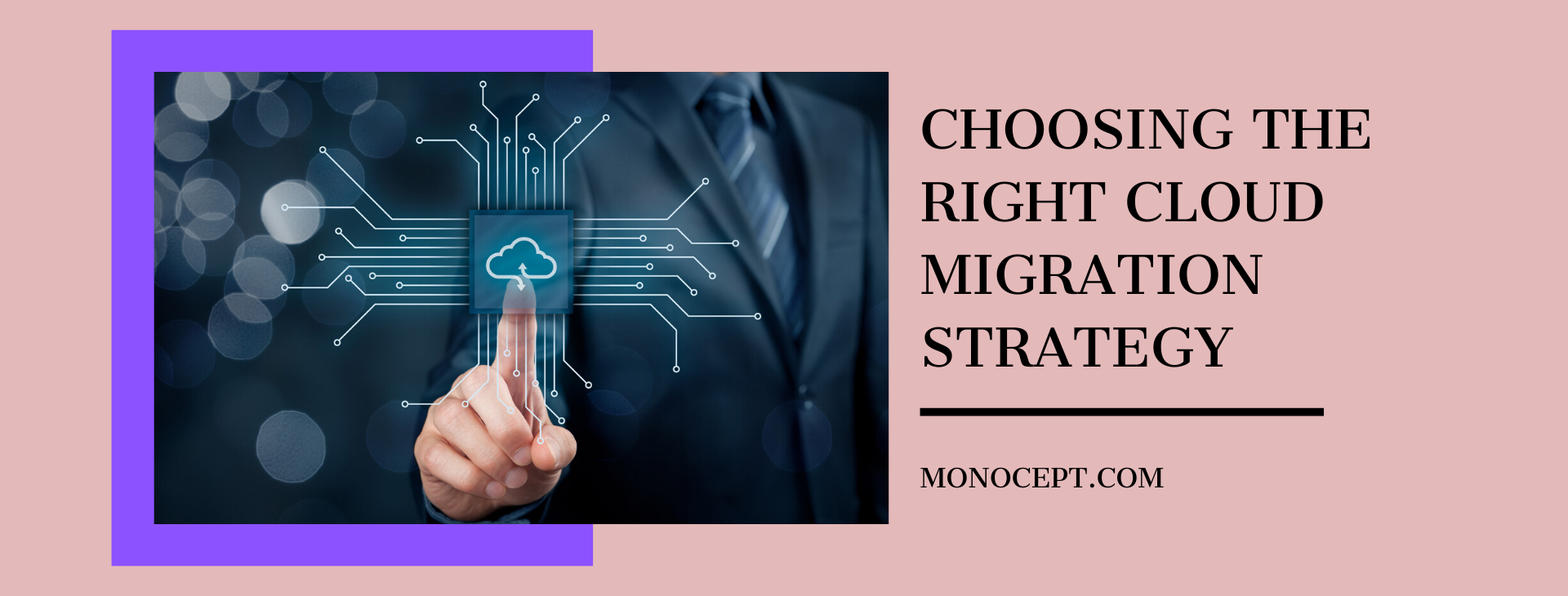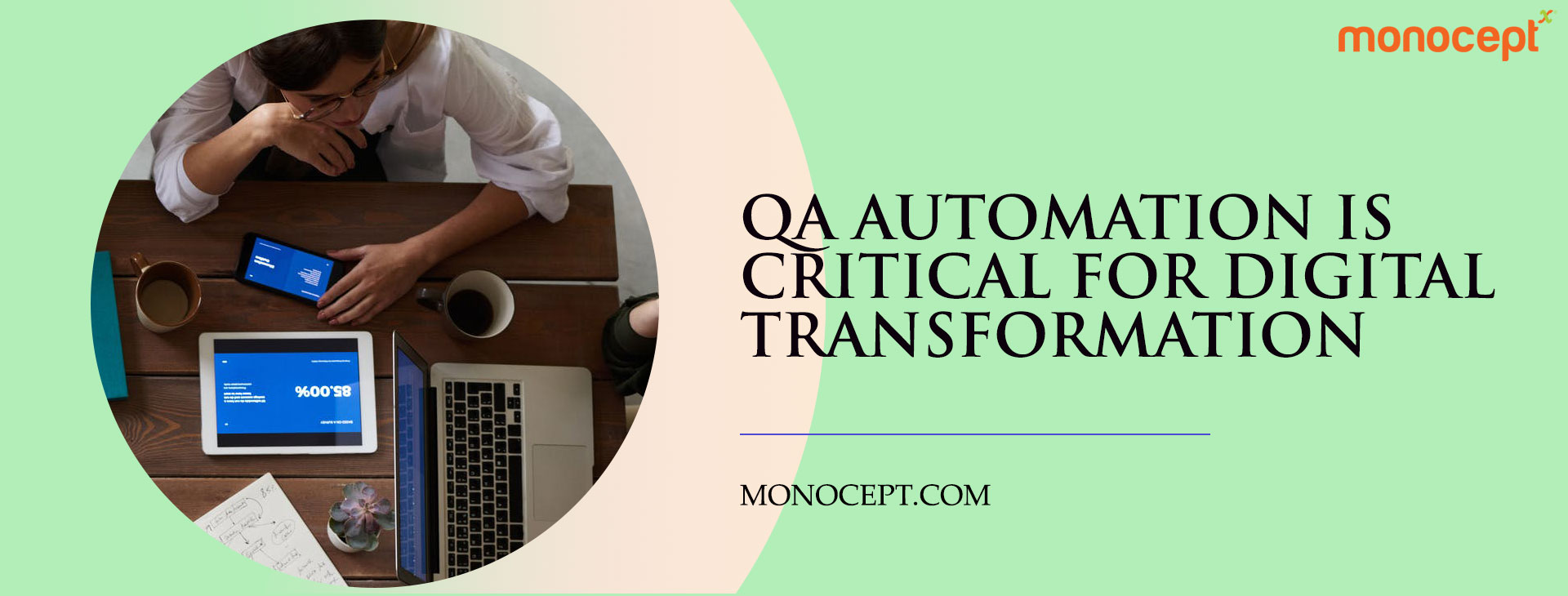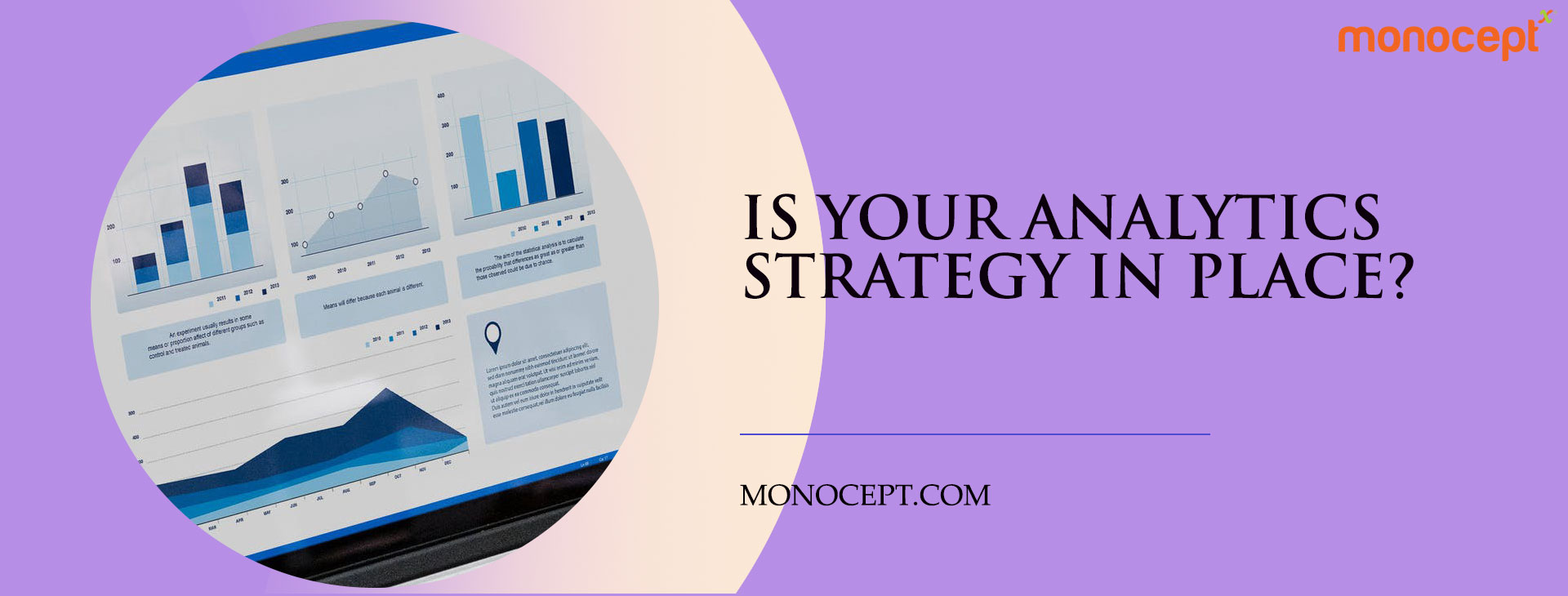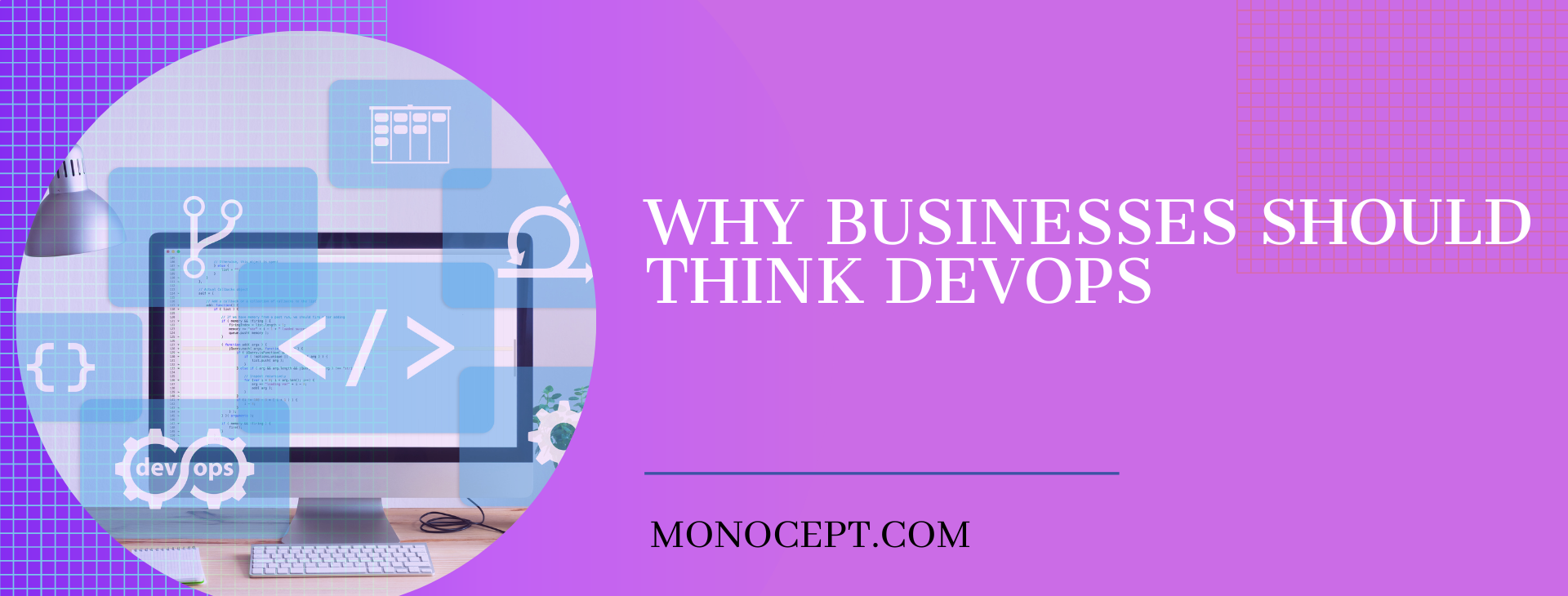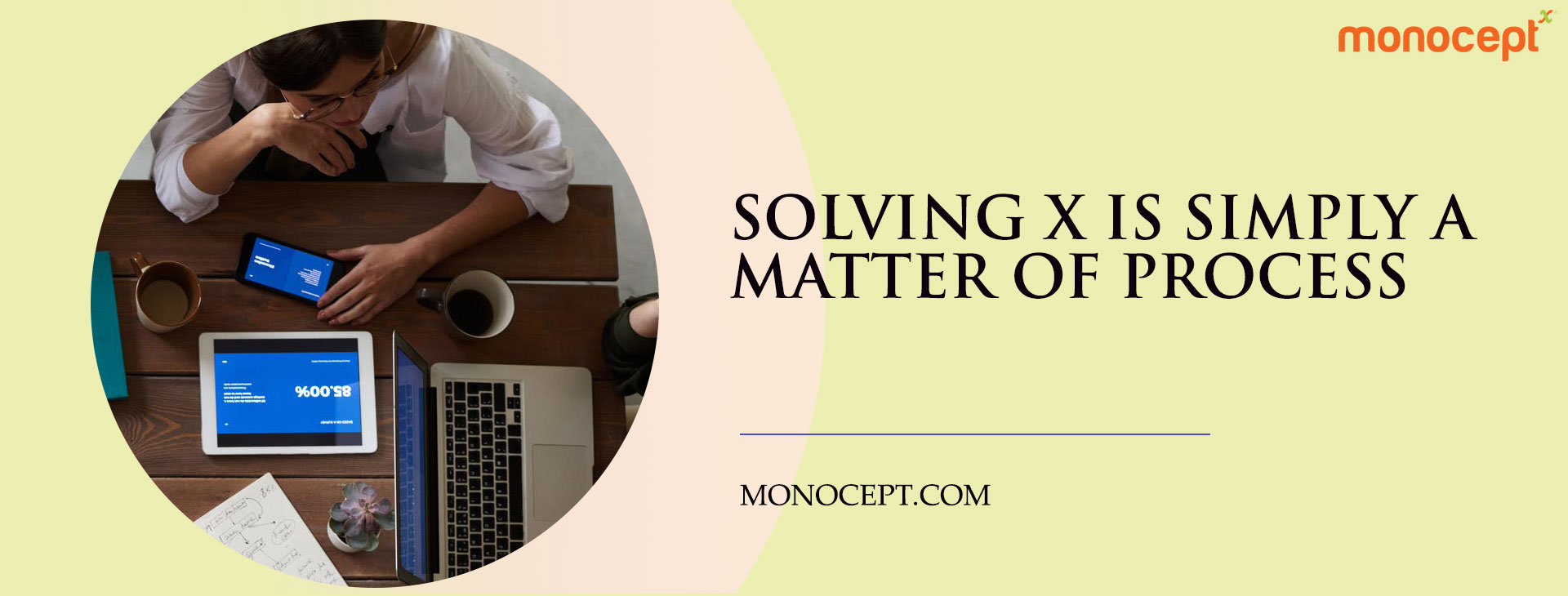Impact of Cloud Computing on the Banking Sector
It is no secret that in the age of the Internet and big data, cloud computing has been the key enabler and driver for pathbreaking technologies like Artificial Intelligence (AI) and the Internet of Things (IoT). With businesses being inundated with data, most sectors are scrambling to look for innovative digital solutions to help them analyse the large volumes of data being churned constantly while at the same time improving the customer experience and staying ahead of the competition. Cloud computing solutions, with their emphasis on automating hundreds of tasks that previously required manual intervention, are obviously the frontrunner in this race. To take one example, when Monocept built a critical B2B application for Max Life Insurance, it ensured end-to-end automation at the code, build and deployment level. Over 100 tests were written and automated, saving precious time while eradicating the need for manual testing and the risk of human error.
Additionally, automated integrations make it possible for banks to make transactions faster as well as secure. Cloud computing architectures for banks are typically engineered to offer multiple layers of safety and are able to pinpoint fraudulent transactions in real time without compromising the experience of the user on the application.
Some of the key drivers that make the adoption of cloud computing an attractive proposition for the banking sector are:
Lower costs: With cloud providers offering pay-as-you-use payment models that allow businesses to scale up or down depending on their usage and pay only for the capacity being used for them, adoption of cloud computing can lead to significant savings for dynamic sectors like banks. Additionally, banks no longer need to make the high capital investments in setting up and maintaining traditional, on-site IT infrastructure with the use of cloud and can divert those funds to developing more innovative banking solutions and financial products to improve their customers’ experience.
Lower risk: Most established cloud providers offer businesses the most sophisticated encryption and end-to-end data protection solutions to help secure their customers’ data. Moreover, with traditional IT infrastructure there is always the risk of going over capacity, or being so under-utilised that it is a severe strain of resources. Cloud computing architectures offer speed as well as flexibility, which ultimately makes data safer both internally and externally.
Increased agility: With heightened security and round-the-clock availability, cloud computing solutions pave the way for banks to develop products that are innovative and agile. When data is secure and can be accessed at any time, anywhere, without by both customers and employees without the down-time restrictions imposed by traditional infrastructure, banks are able to create instruments that greatly improve operations as well as user experience.
Keeping these considerations in mind, there are some directly beneficial applications of cloud computing in the banking and finch sector:
Hosting — In the digital age, customers expect nothing less than 100 percent availability and access to their data to be able to make transactions at any time of the day or night. Cloud computing makes availability possible even during maintenance, improving user experience without compromising security.
Enterprise Resource Planning — Cloud computing offers businesses the opportunity to improve productivity by offering sophisticated ERP softwares that help them control the application and provide better, more personalised support to customers.
Customer Relationship Management — Just like ERP softwares, cloud computing allows for a more satisfying experience by enabling remote access of their information by the user.Online payments — With more and more customers initiating fund transfers and undertaking financial transactions using payment gateways and digital wallets, it is imperative that the banks servers are always secure and available. We’ve already seen that hosting data on the cloud makes 24/7 secure access possible. But in addition to that, cloud computing architecture ensures that transactions are logged in real time without any glitches, and payments get automatically updated instantly.






